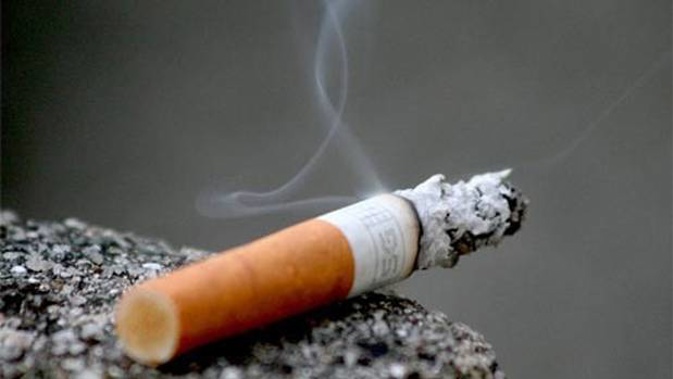
A first-of-its-kind study has given an eye-opening snapshot of what concerning chemicals Kiwis are being exposed to in our everyday environment, finding traces of lead, mercury and several other substances.
While the levels detected among 319 adults and 303 children who took part in the two-year Massey University-led study were broadly in line with those of other developed countries, they did throw up differences in exposure depending on factors like age, gender and location.
Lead and mercury levels were determined in blood samples, while urine samples were analysed for other metals - arsenic, cadmium, chromium, thallium, antimony - cotinine, the main metabolite of nicotine, along with fluoride and phenols.
The Ministry of Health-funded study, which has set New Zealand's first baseline of exposure to these chemicals, also covered phthalates, which are substances added to plastics and consumer products.
Lead was detected in all of the whole blood samples collected from 304 adults and 193 children - and levels were highest among children in the Northland and Auckland regions.
But none had amounts that were above warning levels, and rates were generally comparable to those from the US and Canada.
Mercury and arsenic levels were higher for those who reported fish consumption in the 48 hours before blood being taken.
While there was no "notification level" for blood mercury, none of the participants had concentrations above Canada's set health threshold.
For both children and adults, the lowest levels of fluoride were observed in the South Island, likely reflecting regional differences in water fluoridation.
Concentrations of fluoride in New Zealand adults were marginally higher than those reported for Canada - but comparable to those reported for Brazil and Japan.
Concentrations of phthalates, commonly used as plasticisers in plastics, were the highest in the youngest age group, age 5 to 7.
For monoethyl phthalate, a metabolite of diethyl phthalate (DEP) which is commonly used in personal care products, levels were higher for women than men.
But all phthalates were again generally comparable with those reported for other countries.
Cotinine, analysed from urine samples, was detected among 11 per cent of adults and 2 per cent of children - and only Māori children.
For triclosan - an anti-bacterial agent added to many consumer products such as soaps, body washes, toothpastes, and some cosmetics - levels were higher among non-Māori, especially in children.
Both inorganic arsenic - in the form of solvent DMA - and thallium, showed geographic variation for both children and adults, with lowest levels observed for the South Island and highest for the north of the North Island.
Project leader Associate Professor Andrea 't Mannetje said as the study set a baseline for tracking exposure trends, it could help assess the effectiveness of policies aimed at reducing exposure to environmental chemicals.
"We now know what New Zealanders' exposure levels are for these very common environmental chemicals, as before we had no idea," she said.
"This means we can finally compare ourselves with other countries, and we are able to indicate how any individual's level compares with the general population, while before we had to rely on overseas data to know what was normal."
We can also see how exposure trends develop over time which will show the effectiveness of any action taken to reduce exposures, such has been shown for lead in other countries after removing lead from petrol."
Take your Radio, Podcasts and Music with you









